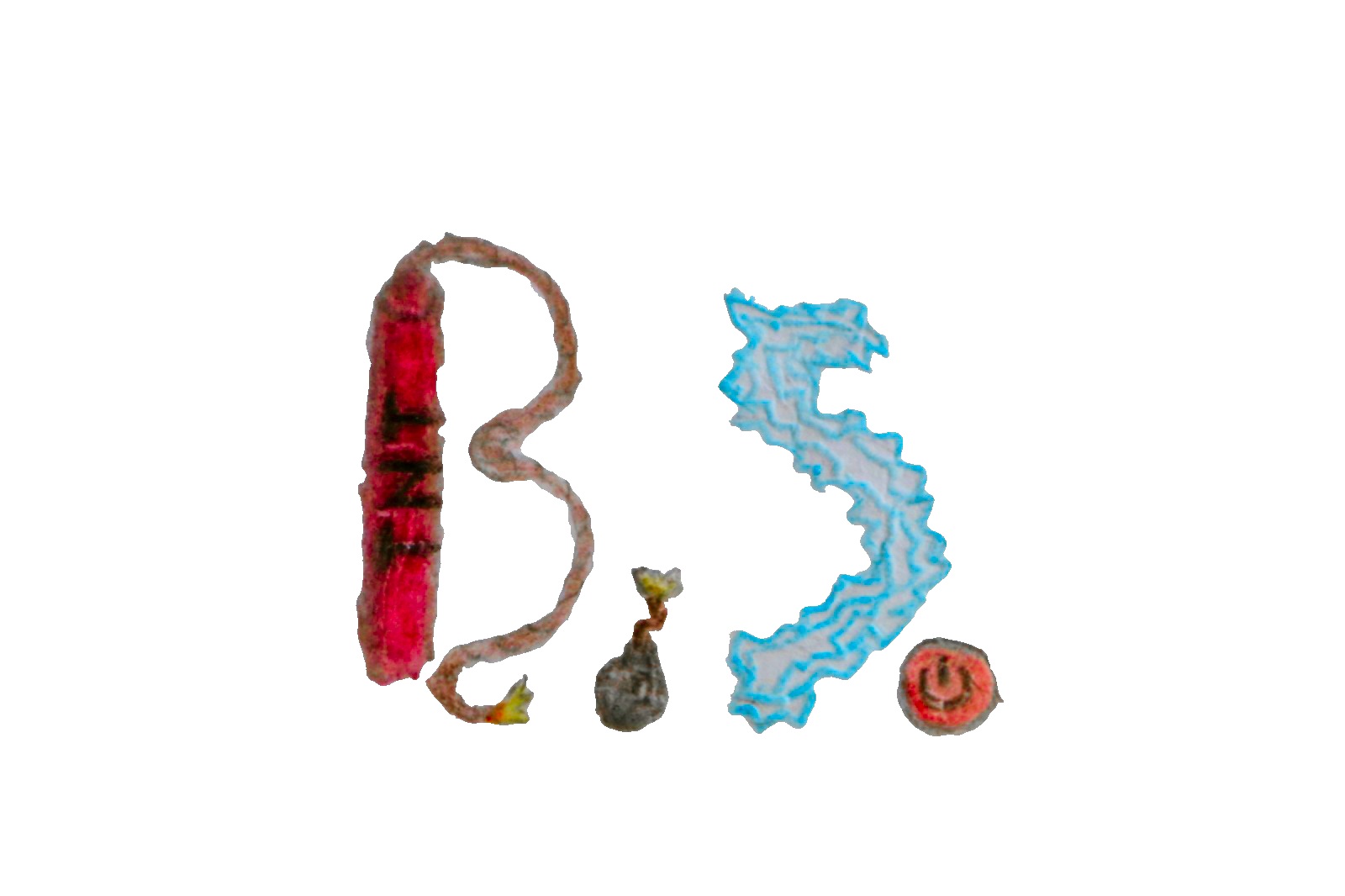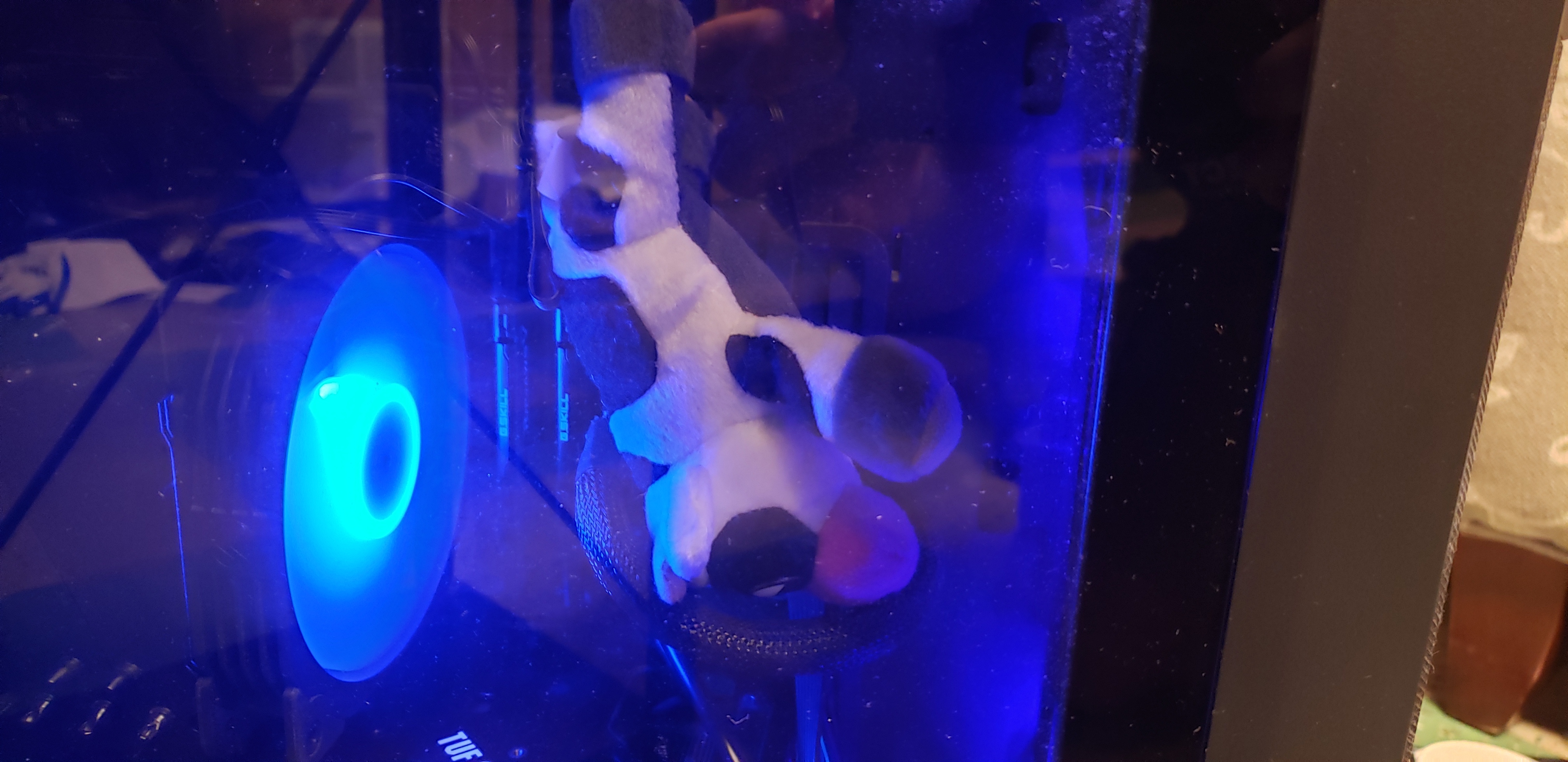- cross-posted to:
- privacyguides@lemmy.one
- cross-posted to:
- privacyguides@lemmy.one
I am shocked by this - the quote in below is very concerning:
“However, in 2024, the situation changed: balenaEtcher started sharing the file name of the image and the model of the USB stick with the Balena company and possibly with third parties.”
Can’t see myself using this software anymore…
Balenaetcher has, for me at least, failed to write to USBs for the last 3 years or so that I’ve tried to use it - meanwhile random iso writers from flatpak have been more reliable for me. Very obnoxious that so many iso related sites recommend it. Rufus, kicks tons of ass, if for whatever reason you’re still on windows.
Also on most distros I’ve tried, the disk utility has some sort of right click or context menu that gets you a ‘restore disk image’ button that works great as well.
Flatpack? You are using Linux and you need “iso writers”? Is your dd broken, son?
😂 I also read this as Ron’s voice!
Nah as much as i love doing stuff via terminal, I am extra paranoid specifically about writing to the wrong device and losing data; I prefer as many confirmations as possible that I’m writing to the correct drive, and graphical installers tend to give me just a few more reassurances. A few examples would be stuff like
- a graphical representation of partitions (the general layout of a drive tends to offer an easy ‘fingerprint’ in my mind; like the pattern of partitions help me confirm I’m looking at, say, a Debian install USB compared to a single-partition general purpose storage disk)
- icons for different types of devices, like an SD card, USB, or hard disk icon
- confirmation dialogues summarizing what device is targeted, and what all will be performed
I’m also the kind of person who stares at a written email worrying about every last nuance of my phrasing, so 🤷♂️😂 definitely a me problem, I think!
This sounded like a techy Ron Swanson.
Are the scissors broken in your house, son?
At least one person got the reference!
have they tried also tracking for errors, cause it fucks up every second image unlike rufus
Truth. Etcher is garbage. Rufus is king.
Ventoy is life!
did they ever clear up that random unexplained binaries issue?
From what I could gather, they’re taken from Fedora and OpenSUSE. They’re signed blobs for secure boot support.
I tried belenaEtcher once on my Mac… And it seemed to me more like a spyware than an actual software, I was a bit confused and never used it again.
Happy user of Ventoy here
Last I heard it was also suspect: Ventoy source code contains some unknown BLOBs, still no word on the issue from the dev after months
Completely aside from the blob issue mentioned, the Tails team has recommended against using a multiboot utility like Ventoy to install Tails. Ventoy works fine for basically any other operating system (again, aside from the blob issue), just not Tails, which is what this post is about.
deleted by creator
That’s… Interesting. I’ve been using Ventoy professionally for like… 2-3 years now and I’ve not once had an issue with daily use. Unironically like 2500-3000 uses without issue.
This has been my experience as well. Some people love it, but I’m not gonna rely on it for critical backup or recovery tools (also, there’s that whole binary blob thing, besides).
I have had no complaints about it, but with that said, I absolutely would not use it for any vital backup your recovery tools.
It was fantastic however, to use to load up with handfuls of different live distro ISOs to play around with.
Good luck with the binary blob!
I thought the binary blob thing was explained?
Basically UEFI booting requires shims and those need to be signed so the Ventoy author is re-using the ones from Fedora and OpenSUSE. This can be verified by comparing hashes, which the author of that comment shows how to do.
This whole thing seems to come down to people freaking the F out because they don’t understand how the software works and the Author of the software is currently PO’d off at the community and stopped answering questions.
The price of doing business with UEFI. There are ways around it but it works so fucking smooth. I’m down with it.
For some more context:
https://lemmy.one/post/19193506
💀💀 seems like dd commands and gnome’s MultiWriter might be the only ways to flash stuff on linux
The linked article recommends Raspberry Pi Imager for writing Tails from macOS, and that is also available on Linux and Windows.
https://www.raspberrypi.com/software/
Though the site only shows how to install on Ubuntu, the GitHub repo for the tool does have an AppImage that should work on any distro.
Fedora Writer is another one (also works on Windows and maybe Mac), and there’s also GLIM for multiboot, similar to Ventoy.
Gonna look into GLIM, thanks
There’s also Popsicle which is made by the folks over at System76.
Yet another reason for people to run a default prompt (deny until prompt answer) firewall.
A what?
An interactive firewall.
One that blocks programs from accessing the internet and prompts the first time they try until you click a button that says allow or you choose the alternative which is deny. A program like this you’d have no reason to give it internet access, it’s something whose operations should be entirely local.
Good question. I will attempt to clarify:
OP is saying that individual should run firewalls on their machines, that block port activity by default, and only allow traffic upon an approved request by the administrator account.
Unrelated to balenaEtcher but I haven’t been able to flash ISO files from Windows 11, either by using Rufus, Etcher, Fedora Media Writer, or even the WSL. I need to borrow a computer running a FLOSS operating system or to install OpenBSD first, and then from OpenBSD to download and burn an ISO file.
That sounds like an issue with your computer rather than W11. I just used Etcher on my W11 desktop to flash Mint XFCE yesterday with no issues.
Thats a shame, it was one of the few disk imagers that “just worked”
i still had issues using 150MB electron based bloated and heavy software instead of rufus, not that it worked for me anyway
I only tried to use it once, and same. 150MB of a Web app to copy an ISO? I think I was using a Macbook to flash it and decided to use ventoy instead, with my PC.
I understand that it needed a GUI, but 150 megs?? When :
~ ❯ ll `which dd` -rwxr-xr-x 1 root root 63K Sep 29 16:36 /usr/bin/dd* ~ ❯
I’ve been avoiding it ever since the Balena moniker change.
I remember a while back, years before this surfaced, there was a thread on /g/ with a group photo of Balena’s employees and a caption like “why does it take so many people to develop an electron wrapper around dd”. Obviously it was low effort engagement bait (balena does much more than etcher), but the comments were full of people calling the company a glowie honeypot and the like. Moral of the story: Trust the schizos, they sense spyware form lightyears away.
What options are there for flashing to SD cards? Something that works on Mac too would be nice. A gui is preferred.
Plug your usb drive in and run lsblk to figure out which letter to use instead of x in /dev/sdx
sudo dd if=image.iso of=/dev/sdx bs=1M status=progress
EDIT: I totally didn’t read your request. This is not gui or Mac based, but it still might help someone.
I’m pretty sure mac, being based off freebsd, would include dd
The comment said “SD Card” so it would be
/dev/mmcblk*I use a microSD to usb adapter and have 2 spinning rust disks. So it’s /sdc for me, but i still always double check. Dd isn’t called the disk destroyer for nothing.
Mac should have dd,
I’d assume lsblk as wellnot lsblk though. There’s fdisk though
what is a good one to use, is there something like rufus on linux
https://circle.gnome.org? Never tried their ISO software, I just use dd.
deleted by creator
Can always use dd but I always go stupid when I need to set boot flags and all that crap, which is so much easier with etcher. I think I’ve done dd with gparted in the past.
i’ve never needed to set a single flag with dd. i just do
if=the_iso of=the_disk. what flags?Don’t you need to mark usb disks as bootable if you want to boot from them to install Linux or whatever
i think it depends on the image you get - for archlinux you can simply cat (or dd) the file onto a usb stick and it works perfectly fine, bootable. but i think i have seen an image at some point where it didn’t work, but i don’t recall what it was.
that’s not something i’ve ever had to do, i’ve only done that for hard drives.
does gparted set the correct flags too, can it also do windows
i just want a dumb ui i can dumbly drag the iso file to and it takes care of everything for me.
I knew that UI had something to hide!
Never trust an overly fancy UI…
nah, plenty of good stuff with good ui.
balena had effects and stuff but a pretty tasteless gui tbh, and ads promoting other shit…
Here’s a wildcard people might not know about: Raspberry Pi Imager
I use it because it’s faster than Etcher and it also has a bunch of quick links to download popular images (mainly for RPI and other arm-based SBCs) in one click which is handy if you use those regularly.


















